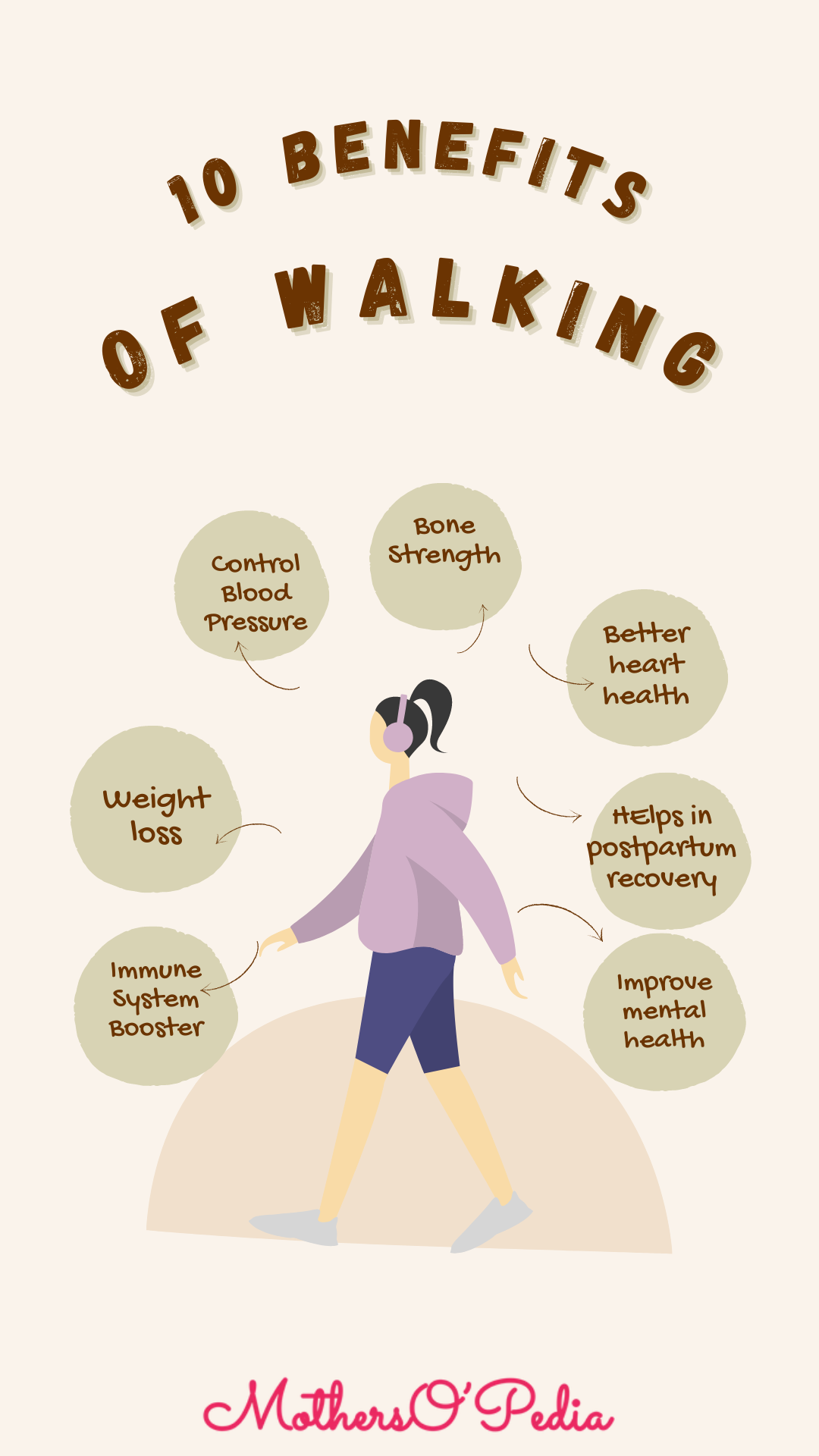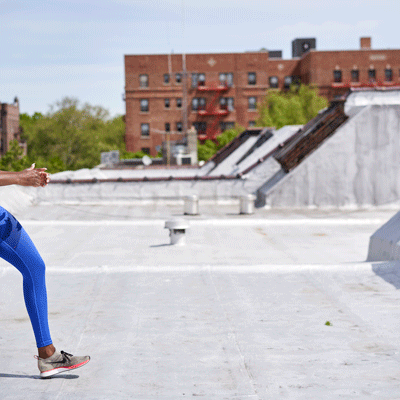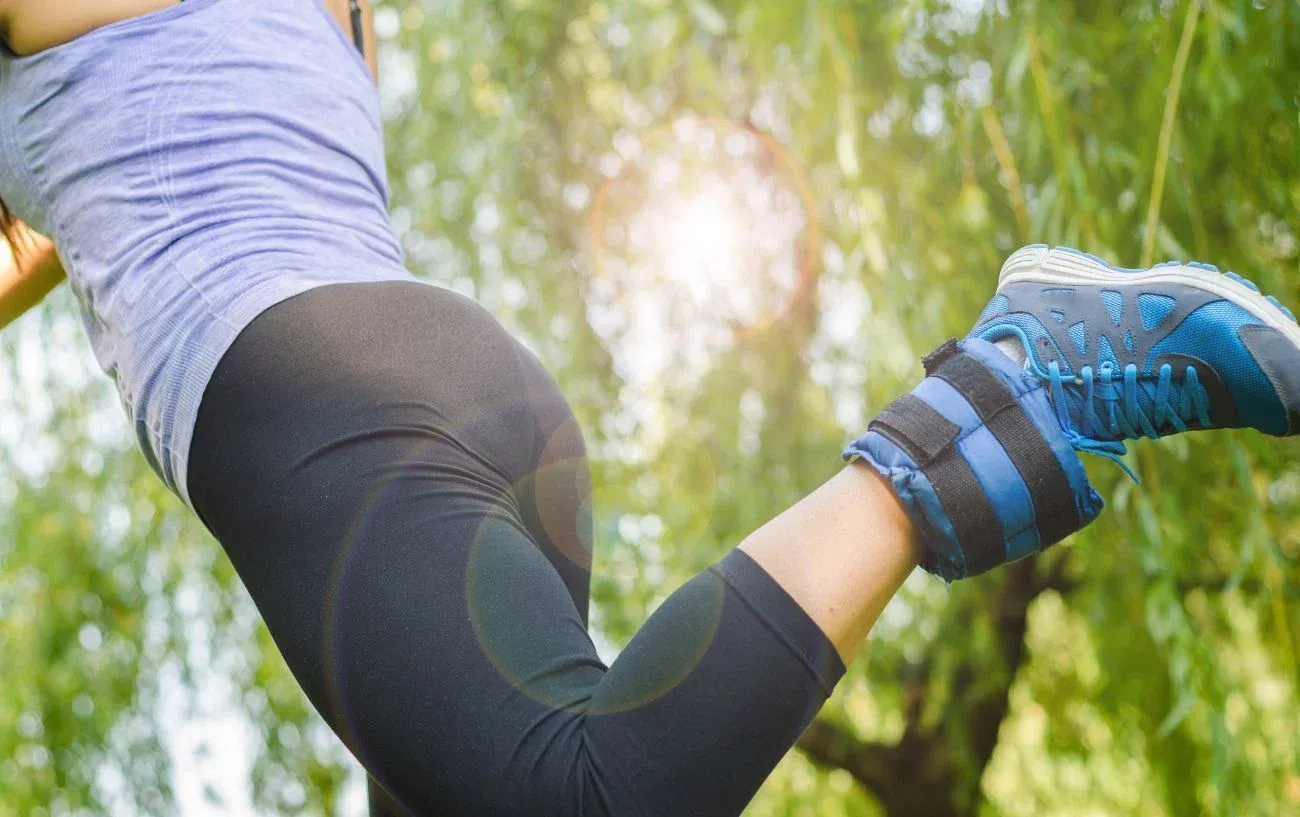/mothersopedia/media/media_files/kwutRfxi90BMCNkv0wev.jpeg)
The Power of Walking Workouts and Walking Variations
Walking is a type of cardiovascular physical activity, which increases your heart rate. This improves blood flow and can lower blood pressure. It helps to boost energy levels by releasing certain hormones like endorphins and delivering oxygen throughout the body. Walking is a low-impact activity that is accessible to people of all fitness levels and ages.
Women who walk 30 minutes a day can reduce their risk of stroke by 20%, and by 40% when they stepped up the pace, according to researchers at the Harvard School of Public Health in Boston.
Benefits of Walking Workouts
Walking workouts are excellent and important for several reasons apart from weight loss, and weight management.
Better Immunity: When walking, or exercising, you are increasing your heart rate and blood flow, which increases circulation of immune cells in the body. The breathing mechanism works well, that improves the effecincy of your lungs too.
People who walk tend to experience fewer colds because mild exercise stimulates your immune system, says Michael Fredericson, MD, sports medicine physiatrist, doctor, and surgeon at Stanford Medicine.
Cardiovascular Fitness: Walking wards off heart disease, brings up the heart rate, lowers blood pressure and strengthens the heart. Moderate to intense walking can reduce the risk of high blood pressure, high cholesterol, and diabetes when expending the same amount of energy as running, research has found.
Toning of Muscles : Walking tones your leg and abdominal muscles – and even arm muscles if you pump them as you walk. This increases your range of motion, shifting the pressure and weight from your joints to your muscles.
Joint Health: Walking is easier on the body than running. Walking is gentle on the joints, making it a suitable exercise for individuals with joint issues or those who prefer low-impact activities. It helps improve joint flexibility and can even reduce joint pain and stiffness.
Relieve insomnia : Aerobics exercise has been proven to be stress reliver and gives relief from insomaia nights. People who walks regulary sleep better than who dont.
Mental Well-being: Walking outdoors in nature or engaging in a walking routine can have a positive impact on mental health. Increased blood flow in the brain produces more endorphins and it helps to recharge, refocus and feel better. Walking alone can not cure anxiety or mental depression.
Bone Health: Walking can stop the loss of bone mass for those with osteoporosis. In fact, one study of post-menopausal women found that 30 minutes of walking each day reduced their risk of hip fractures by 40%. It is highly recommened exercises for senior women and men both.
Variations of Walking Workouts that you should Try to Reap Maximum Benefits
Brisk Walking: Brisk walking is an example of a moderate intensity aerobic activity.
The Centers for Disease Control and Prevention (CDC)Trusted Source define moderate intensity aerobic activity as anything that makes a person sweat and raises their heart rate to the extent that they can talk but not sing. Brisk walking increases the intensity and calorie burn of your workout. A brisk 30-minute walk burns 200 calories.
Interval Walking: Alternate between periods of faster walking or even light jogging and slower-paced walking. This variation adds intensity and helps improve cardiovascular fitness. Try a 40-second interval, a 50-second interval, or a 60-second interval to burn more fat while walking.
Hill Walking: Find hilly terrain or use incline settings on a treadmill to challenge yourself. Adding hills or inclines to a walking workout can increase your heart rate, calorie burning, and activation of the hamstrings, glutes, and calf muscles.

Nordic Walking: Use walking poles or sticks to engage your upper body muscles while walking. Nordic walking provides an additional workout for the arms, shoulders, and core. Nordic walking burns more calories than regular walking-estimates range from an increase of 18% to 67% more.

Walking Lunges: Incorporate walking lunges into your walking routine to target the lower body muscles, including the glutes, quadriceps, and hamstrings. Stand staright with back straight, and bend your one knee at 90 degree, keeping another knee touching the ground at back, and repeating same with another.

Walking with Weights: Walking with weights can be a great way to increase the intensity of your walking workouts to accelerate your fitness progress, burn more calories, and strengthen your muscles. Hold light dumbbells or wear weighted vests or ankle weights while walking to add resistance and strengthen muscles.

Walking in Nature: Explore parks, trails, or scenic routes to enjoy the benefits of walking in a natural environment. It enhances the mental and emotional benefits of your workout. There's also evidence that walking in nature may decrease mental distress and increase your sense of purpose and meaning, helping create a more positive outlook on life.
Remember to start with a warm-up and cool-down before and after your walking workouts. It's essential to wear comfortable shoes, maintain good posture, and stay hydrated during your walks. Gradually increase the duration, intensity, or frequency of your walks as your fitness level improve. Everyone can opt for walking workout and try variations to choose their requirements. Walking is considered as safest and low-impact workout for post partum recovery, pregnant ladies, senior citizens, and persons with Sciatica, arthritis.
LOVE AND SUPPORT ALWAYS....!!
/mothersopedia/media/agency_attachments/DvAQhzwm8u9LzqFtI07D.png)
 Follow Us
Follow Us